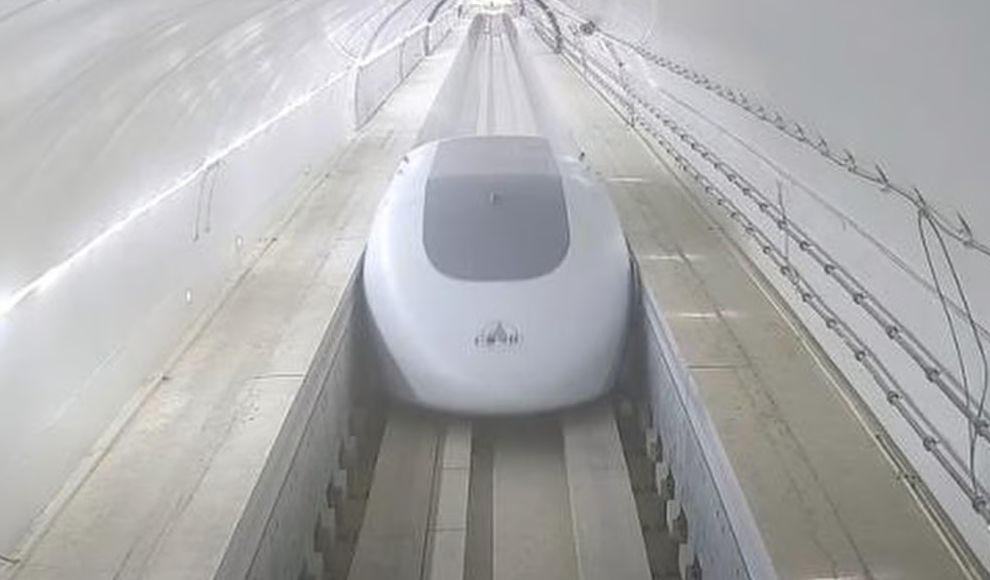China Successfully Tests Hyperloop with Plans for High-Speed Passenger Transport
China has recently completed several successful tests of a Hyperloop, a high-speed transportation system that can transport passengers at speeds of 1,200 km/h or more. The concept for the Hyperloop, which involves capsules gliding at near-supersonic speeds in a vacuum tube on an air cushion, was first introduced by Elon Musk in 2013. While the first passenger rides were conducted by Virgin Hyperloop One in Las Vegas in November 2020, the company has since announced that the Hyperloop will be used for freight transport rather than passenger transport. However, the future of the Hyperloop as a passenger transport system is likely to be in China.
According to the South China Morning Post, three tests of a Hyperloop were recently completed successfully on the premises of the China Aerospace Science and Industry Cooperation. The first tests saw the Hyperloop accelerate to 50 km/h in its current two-kilometer tube, primarily for testing critical components. The tube will be extended to 37 kilometers in the coming years, with tests at much higher speeds. The goal is to develop a land-based transportation system that can reach speeds of 1,200 km/h or more, making the Hyperloop the fastest land vehicle on earth.
While China already has the world’s largest high-speed train network, with 42,000 kilometers of track, capable of reaching speeds of 400 km/h, the Hyperloop would be three times faster. In addition, China has developed the Maglev, a magnetic levitation train that can reach speeds of 600 km/h and can replace planes on short and medium-distance routes. The Hyperloop is also being researched in Germany, with the Technical University of Munich currently building a tube for testing in 2023.
The successful tests of the Hyperloop in China represent a significant step forward in the development of high-speed transportation systems. With the potential to revolutionize travel, the Hyperloop could significantly reduce travel times and increase connectivity between cities and regions. As the technology continues to advance, it will be interesting to see how it is implemented and how it will shape the future of transportation.










